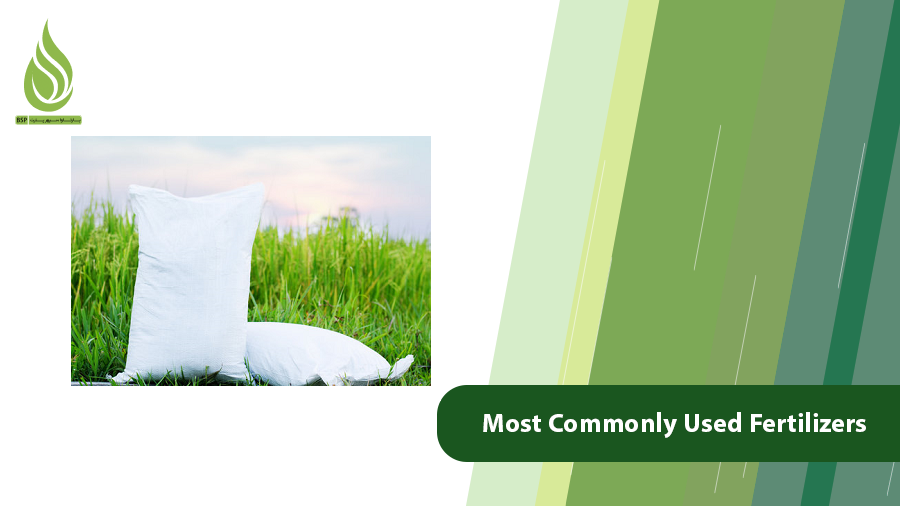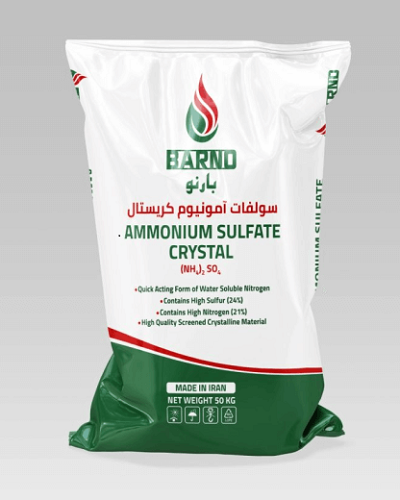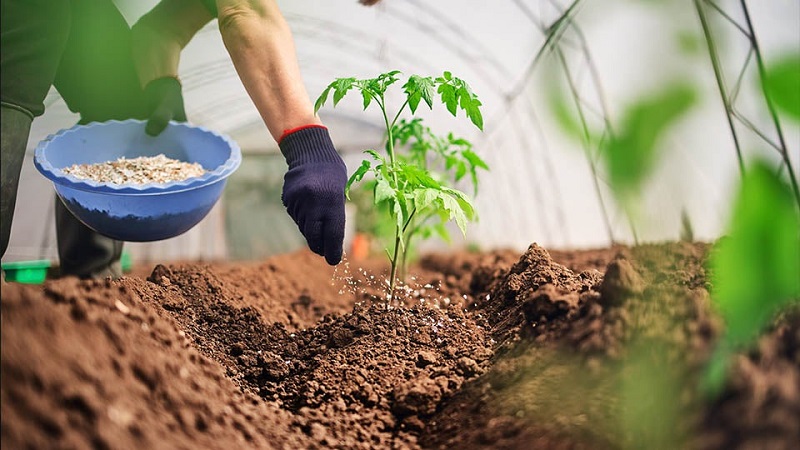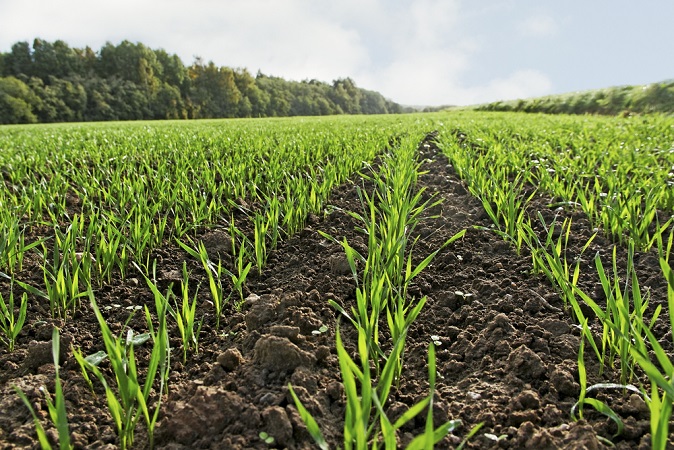
What Are the Most Commonly Used Fertilizers in Agriculture?
One of the key factors in boosting agricultural production is the use of fertilizers. Fertilizers not only supply essential nutrients to plants but also enhance the quality and quantity of crops. Do you know which fertilizers are the most widely used in agriculture? If you’re a farmer and aren’t sure of the answer, this article is a must-read.
Here, we’ll explore the most common fertilizers in agriculture and share practical insights on their application rates. Let’s dive in!
The Importance of Fertilizers in Agriculture
Fertilizers are a cornerstone of modern farming. As the global population grows and the demand for food increases, farmers need solutions to maximize crop yields. In this context, fertilizers play a critical role as the primary source of nutrients for plants.
Fertilizers are categorized into macronutrients (required in larger quantities) and micronutrients (needed in smaller amounts). Macronutrients, such as nitrogen, phosphorus, and potassium, are vital for healthy plant growth. They support chlorophyll production, protein synthesis, and other processes essential for proper plant function.
Without adequate nutrients, plants cannot thrive and may develop deficiencies that negatively impact crop yield and quality. Proper fertilizer use, however, can significantly improve plant growth, accelerate harvests, boost resistance to diseases and pests, and enhance crop quality. Additionally, fertilizers can improve soil structure and increase its water-holding capacity, contributing to long-term agricultural sustainability.

What Are the Most Commonly Used Fertilizers in Agriculture?
Plants and trees require various nutrients to grow. These nutrients are categorized into macronutrients (needed in larger quantities) and micronutrients (required in smaller amounts). The key difference between them lies in the volume plants need for healthy development.
Macronutrients: The Most Widely Used Fertilizers in Agriculture
- Primary Macronutrients:
- These include nitrogen (N), phosphorus (P), and potassium (K). These three elements are the most critical for plant and tree growth, demanded in higher quantities than any other nutrients.
- Secondary Macronutrients:
- Elements like calcium (Ca), magnesium (Mg), and sulfur (S) fall into this category. They are needed in smaller amounts than primary macronutrients but more than micronutrients.
- Micronutrients:
- Though required in trace amounts, micronutrients are vital for plant health. These include iron (Fe), zinc (Zn), manganese (Mn), copper (Cu), boron (B), and chlorine (Cl).
Nitrogen Fertilizers: The Most Essential in Agriculture
Nitrogen-based fertilizers are the most widely used in farming, playing a pivotal role in meeting plants’ nutritional needs. As a primary macronutrient, nitrogen is a core component of proteins, enzymes, and chlorophyll, making it indispensable for healthy plant growth and development.
Why Are Nitrogen Fertilizers So Important?
- Accelerates Plant Growth: Nitrogen stimulates lush green growth and new leaf production, directly boosting crop yields.
- Enhances Protein Synthesis: It is crucial for forming proteins and enzymes, improving the quality of agricultural products.
- Boosts Photosynthesis: Nitrogen supports chlorophyll production, which is essential for photosynthesis, thereby increasing energy production in plants.
- Strengthens Plant Resilience: It reinforces cellular structures and enhances plants’ resistance to diseases, pests, and environmental stressors like drought or extreme temperatures.

Ammonium Sulfate: A Popular Nitrogen Fertilizer
Ammonium sulfate is one of the most widely used nitrogen fertilizers, available in crystalline or granular form. This fertilizer combines sulfur and nitrogen—both essential macronutrients for plants. It contains 21% nitrogen and 24% sulfur, making it ideal for alkaline soils as it helps lower soil pH.
In farming, ammonium sulfate is applied to crops like grains, vegetables, and fruits to supply nitrogen and sulfur. It also improves the structure and fertility of alkaline soils. For agricultural lands with saline-alkaline soil, this fertilizer is particularly popular.
Urea: A High-Efficiency Nitrogen Source
Urea is another key nitrogen fertilizer, containing 46% nitrogen—the highest concentration among nitrogen-based fertilizers. In soil, urea breaks down into ammonium and later converts to nitrate, a process requiring adequate moisture and temperature. However, urea can raise soil pH over time, so it should be used cautiously in alkaline soils.
Phosphate Fertilizers: Essential for Plant Energy and Growth
Phosphate fertilizers are critical for plant and tree development, playing a vital role in metabolic processes and energy production. Phosphorus, a primary macronutrient, is indispensable for:
- Root Development: Strengthens root systems, enhancing water and nutrient uptake.
- Flowering and Fruiting: Boosts flower and fruit production, improving crop yield and quality.
- Energy Production: Supports ATP (adenosine triphosphate) synthesis, the primary energy carrier in plants.
- Stress Resistance: Increases resilience to environmental challenges like drought and disease.
Superphosphate: A Leading Phosphate Fertilizer
Superphosphate, available in powdered or granular form, is a top choice among phosphate fertilizers. It contains 20–45% phosphorus (depending on the type) and enhances soil structure and fertility. Widely used in grains, vegetables, and fruit crops, superphosphate improves the size, flavor, and shelf life of produce.

Potassium Fertilizers: Essential for Crop Health and Yield
Potassium-based fertilizers are among the most widely used in agriculture, playing a vital role in plant growth and development. As a primary macronutrient, potassium is critical for numerous biochemical and physiological processes in plants. Here’s why potassium is indispensable in farming:
- Water Regulation: Potassium helps maintain water balance in plants by controlling stomatal openings, improving their ability to withstand drought and water stress.
- Disease Resistance: It strengthens plants’ immune systems, boosting their resilience against pests and diseases.
- Enhanced Crop Quality: Potassium improves the flavor, aroma, and shelf life of fruits and vegetables, elevating overall produce quality.
- Photosynthesis Support: It aids in photosynthesis and energy production, driving healthy growth and development.
Potassium Sulfate: A Versatile Potassium Source
Potassium sulfate is a popular potassium fertilizer prized for its dual nutrient profile. Containing 42% potassium and 18% sulfur, it efficiently delivers both essential elements to crops. This water-soluble fertilizer is rapidly absorbed by plants, making it ideal for:
- Boosting resistance to environmental stressors and diseases.
- Enhancing the taste and fragrance of fruits and vegetables.
- Improving crop vigor in sulfur-deficient soils.
Potassium Chloride: The Go-To Potassium Fertilizer
Potassium chloride, available in granular or powdered form, is the most widely used potassium fertilizer globally. With a high potassium content, it is a cost-effective choice for crops like grains, fruits, and vegetables. Key benefits include:
- Yield Enhancement: Promotes robust growth and maximizes agricultural productivity.
- Soil pH Adjustment: Helps balance soil acidity, though it should be used cautiously in chloride-sensitive crops.
- Nutrient Efficiency: Quickly replenishes potassium levels in soil, supporting metabolic functions and stress tolerance.

Nitrogen (N), phosphorus (P), and potassium (K)—the three most essential macronutrients in agriculture—must be supplied to plants under optimal environmental conditions. Both over- and under-application of these fertilizers can negatively impact crop productivity. Thus, precise fertilization planning is critical. Key factors to consider include application rates, methods, timing, and weather conditions.
Fertilizer Dosage and the Importance of Soil Testing
Proper fertilizer dosage is one of the critical factors in agricultural success. Fertilizer dosage refers to the amount of fertilizer that must be added to the soil to meet the nutritional needs of plants. This amount varies depending on the type of plant, soil type, and climatic conditions.
Each plant has specific needs, and improper fertilizer use can lead to problems such as nutrient deficiencies, plant toxicity, environmental pollution, and reduced crop quality. For this reason, soil testing is a solution for determining the correct fertilizer dosage.
Factors affecting fertilizer dosage include plant type, growth stage, and soil type. To diagnose these factors, soil testing is necessary. Soil testing helps farmers identify the nutritional needs of their plants and determine the appropriate fertilizer dosage accordingly. Soil testing provides information about soil type, pH, water-holding capacity, and nutrient levels—all of which influence the amount and type of fertilizers required.
By using soil test data and determining the correct fertilizer dosage, farmers can improve the quality and yield of agricultural products.
